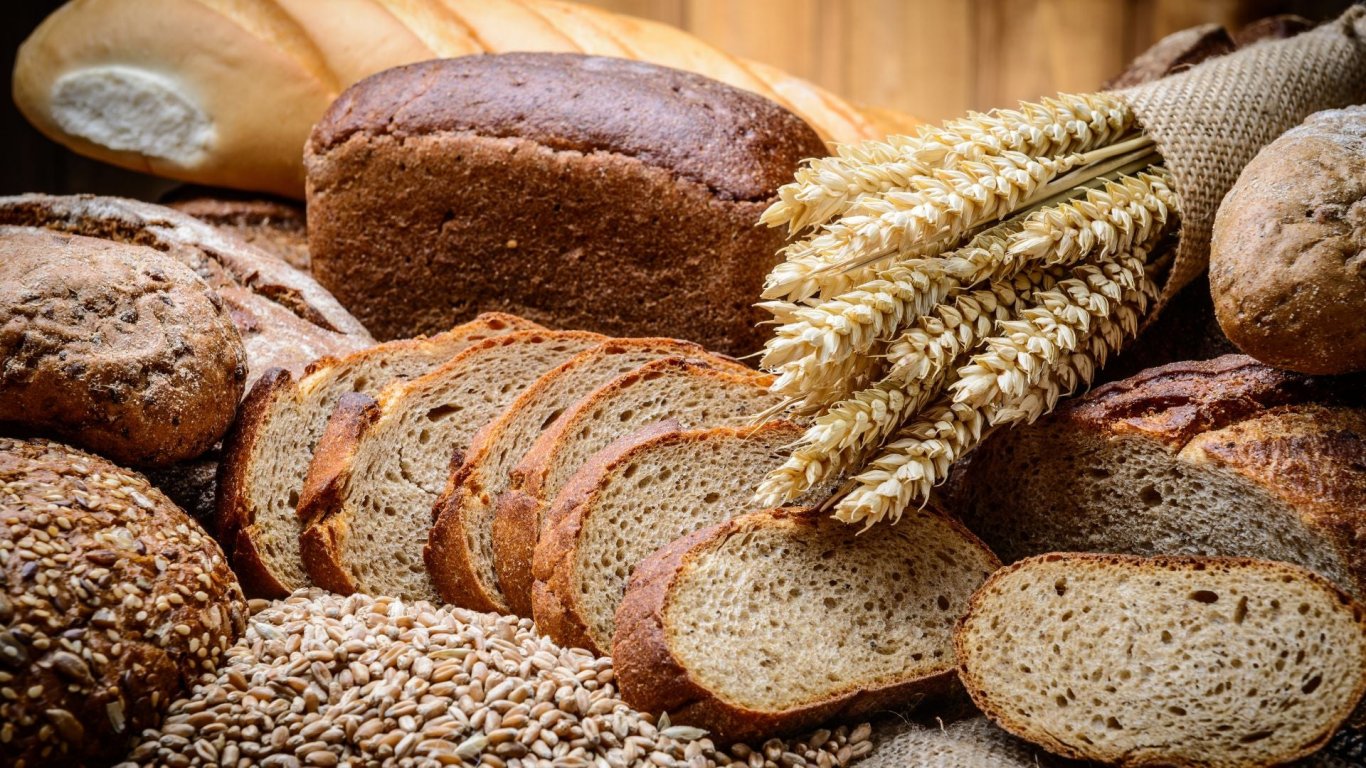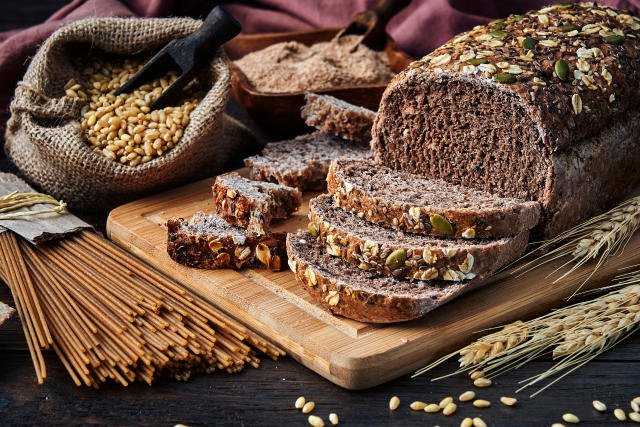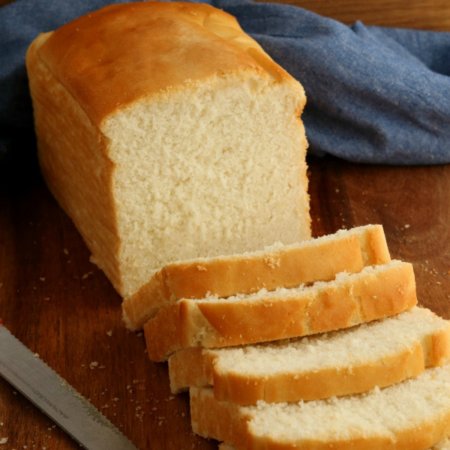

Bread is a staple food in many cultures, but for individuals with diabetes, obesity, or high cholesterol, it often comes with concerns about blood sugar spikes, weight gain, and overall health. The good news is that with the right choices and mindful consumption, bread can still be part of a balanced diet. Here are some healthy ways to enjoy bread without fear.
1. Choose Whole Grain and High-Fiber Bread
Refined white bread is quickly digested, leading to rapid blood sugar spikes. Instead, opt for whole grain, whole wheat, or multigrain bread. These options are rich in fiber, which helps slow down digestion, stabilizes blood sugar levels, and keeps you feeling full longer.
2. Look for Low-Glycemic Index (GI) Bread
The glycemic index (GI) measures how quickly a food raises blood sugar levels. Whole grain breads, sourdough, and sprouted grain breads have a lower GI compared to white bread, making them better choices for diabetics and those managing obesity.
3. Watch Portion Sizes
Even with healthier bread options, portion control is key. Stick to one or two slices per meal, and avoid oversized sandwiches or excessive bread consumption throughout the day. Balance your meal with lean proteins, healthy fats, and vegetables to ensure steady blood sugar levels.
4. Pair Bread with Protein and Healthy Fats
Eating bread alone can cause a quick spike in blood sugar, but pairing it with protein and healthy fats helps slow down glucose absorption. Try topping whole grain bread with avocado, peanut butter, cottage cheese, or hummus to create a nutritious and satisfying meal.
5. Avoid Added Sugars and Unhealthy Ingredients
Some commercially available breads contain added sugars, artificial preservatives, and unhealthy fats. Check the ingredient list and opt for breads with minimal additives. The shorter the ingredient list, the better.
6. Try Alternative Flours
For those looking to further reduce carbohydrate intake, bread made from almond flour, coconut flour, or flaxseed can be great alternatives. These options tend to be lower in carbs and higher in fiber and protein, making them ideal for blood sugar control and weight management.
7. Make Your Own Bread at Home
Homemade bread gives you full control over ingredients. Experiment with whole grains, seeds, and natural sweeteners to create a nutritious loaf. Adding chia seeds, flaxseeds, or nuts can boost fiber and protein content.
8. Be Mindful of Toppings and Spreads
Even the healthiest bread can become unhealthy when paired with high-sugar jams, processed spreads, or butter. Opt for natural toppings like mashed avocado, nut butters, or fresh vegetables for added nutrients.
9. Monitor Your Body’s Response
Everyone’s body reacts differently to carbohydrates. If you have diabetes or are managing obesity, regularly check your blood sugar levels after eating bread to see how your body responds. Adjust portion sizes and types of bread accordingly.
Final Thoughts
Bread does not have to be an enemy for those with diabetes, obesity, or high cholesterol. By making smart choices—opting for whole grains, controlling portions, and pairing bread with proteins and healthy fats—you can enjoy bread without compromising your health. With mindful eating, bread can still be part of a nutritious and balanced diet.
29/01/2025 13:46 74

.jpg)

-450px.jpg)

-450px.jpg)